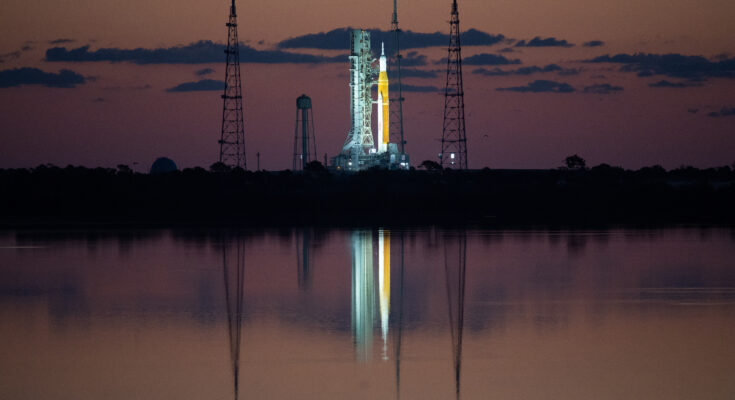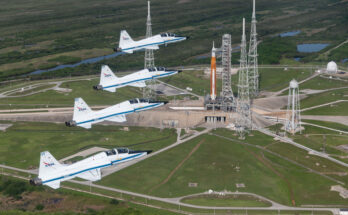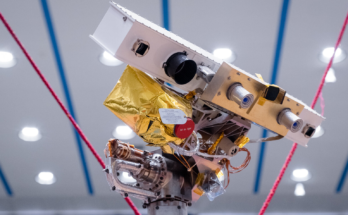A hydrogen leak in the interface between the liquid hydrogen fuel feed line and the Space Launch System (SLS) rocket forced the launch engineers to postpone the launch for a second time this Saturday, September 3, 2022, delaying the launch of NASA’s eagerly anticipated ARTEMIS 1, the first leg of the agency’s most recent moon mission.
Flight engineers made many attempts to stop the leak before canceling the launch, but none were successful.
The Artemis 1 launch was scheduled for August 29th, but it didn’t happen as planned since engineers had to deal with a problem with one of the engines’ cooling system as well as a hydrogen leak. Flight teams chose the earliest launch window on September 3rd after correcting the problem.
On the basis of additional information, teams will decide whether to carry out work to replace a seal at the pad, where it can be tested under cryogenic conditions, or inside the Vehicle Assembly Building over the course of the following few days, according to the NASA website. Teams will also establish access to the area of the leak at Launch Pad 39B.
NASA will have to roll the rocket and spacecraft back to the VAB before the next launch attempt in order to reset the system’s batteries in order to comply with the Eastern Range’s certification requirement for the flight termination system, which is currently set at 25 days. All rockets must have the flight termination system in order to safeguard public safety.
The ARTEMIS 1 will test both the Orion spacecraft and the SLS launch system in preparation for future crewed lunar missions. The Artemis 3 mission’s goal is to send people to the moon. Additionally, Artemis 2 will transport astronauts to the moon’s orbit and return them.




